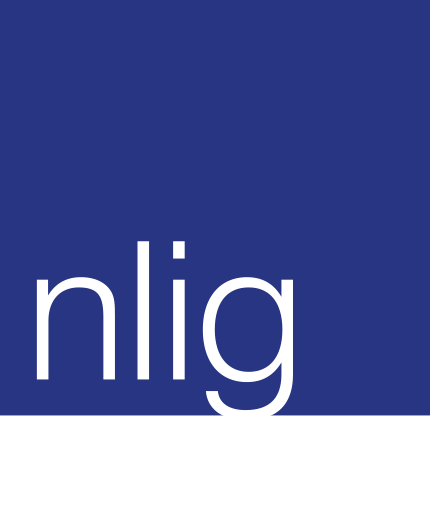Advice for fleet managers when arranging insurance

In today's ever-changing world, the fleet market is affected by many factors, and new risks continually emerge. To ensure that insurance is arranged or renewed correctly, it is essential to provide complete vehicle details and the correct valuation for fleet and motor adjustments valuation.
Additionally, keep the MID updated with any vehicle changes. Insurers often require additional information, especially when considering new risks, so it's crucial to allow enough time when arranging insurance or renewal.
Below, we have compiled some guidelines for fleet managers when arranging insurance to help manage costs and improve their risk profile.
Basic information
You must provide the insurer with the make and model of the vehicle, engine size, registration number, and value. Additional information, such as gross weight and modifications, may be needed for commercial vehicles, such as sign-writing or special racking.
It is vital to inform them of any drivers with serious driving convictions and bans. Regular licence audits should be conducted, and all driver's licences should be photocopied. It is crucial to inform drivers that they are only insured to drive their listed vehicles. This insurance policy does not cover them driving other cars.
MID requirements
The government’s Motor Insurance Database (MID) stores the details of every insured vehicle in the UK. It is used by the police to identify uninsured vehicles via the Automatic Number Plate Recognition (ANPR) cameras fitted on most police cars. This enables the police to check on the insurer and who is named to drive the vehicle.
As such, updating the MID with any additions or deletions to your fleet is legally required. While some insurers may do this for you when you notify them of any changes, it’s legally up to you to ensure your vehicle details are correct at any time. Although you have seven days from the date you take delivery of the vehicle to update the MID.
Guidelines
You can take several steps to help improve your risk management and pricing. These measures comprise:
- Analysing claims trends for pricing assistance,
- Providing information on improvements made after significant claims,
- Investing in targeted risk prevention training, and sharing details of business improvement projects and their cost benefits
Additionally, you should agree on a claims protocol, outline plans for growth or reduction. There are a number of steps you can take to help improve your risk management and pricing. These include:
- Provide analysis of claims trends to help the insurer with pricing
- If you’ve had any large claims, give details of any improvements implemented
- Invest in targeted risk prevention training to help improve driver behaviour
- Give details of business improvement initiatives in which you’ve invested and the cost-benefit
- Agree a claims protocol
- Explain plans for future growth or reduction, as either can influence pricing
Talk to NLIG
At NLIG, our business is your protection, which means finding you the optimum cover at the best price. As your broker, we are always on hand to help and assist you, so please get in touch if you have any questions or require assistance in arranging or renewing your fleet insurance. Either call us on 01992 703300, or email us: insurance@nlig.co.uk
Article written by – Darren Gowers – Motor Trade Manager

